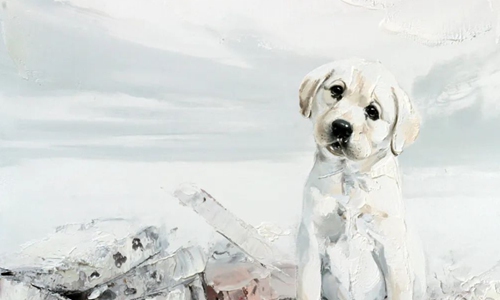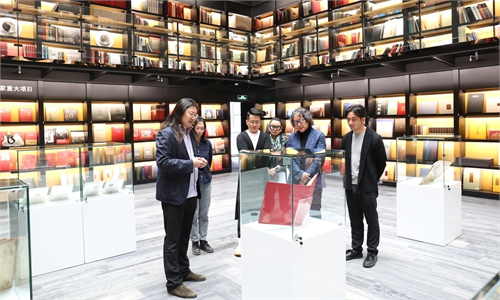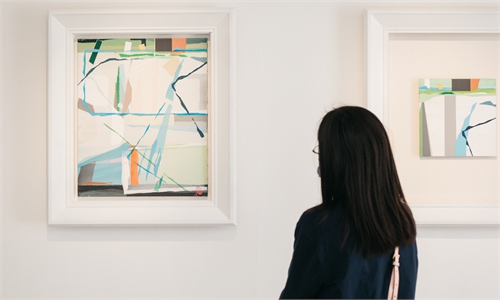ARTS / ART
Historical paintings by Feng Yuan
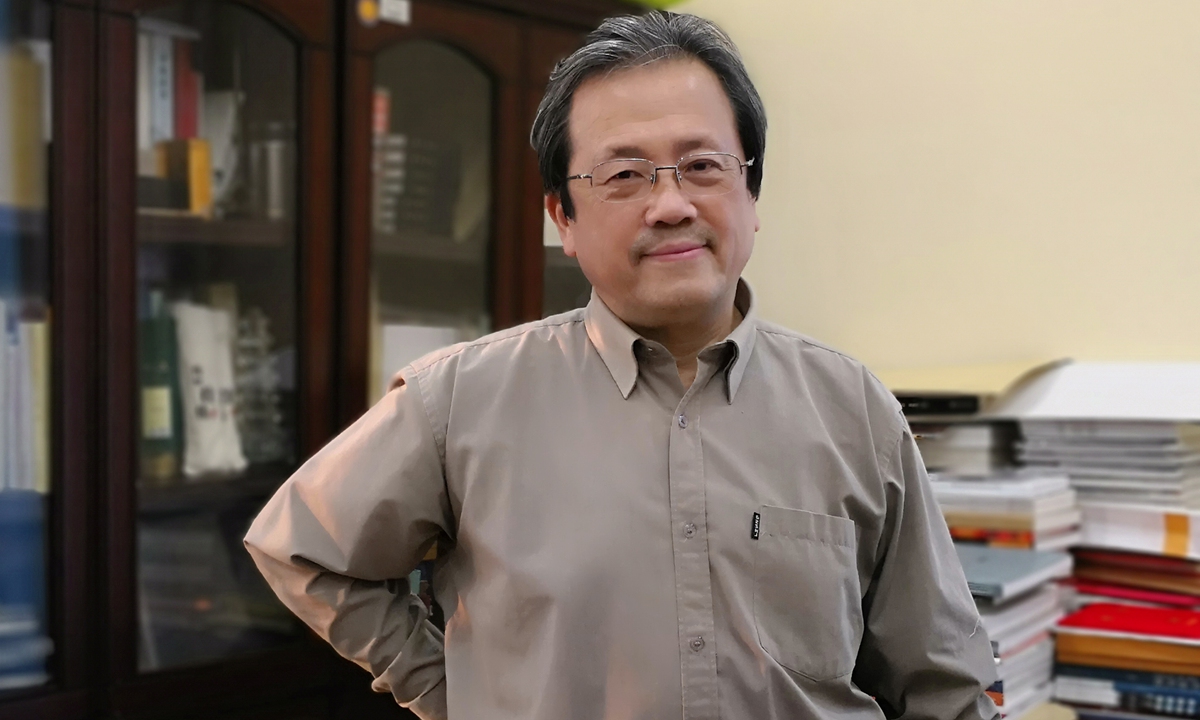
Feng Yuan
Introduction to the artist
Feng Yuan was born in Shanghai in 1952. He has served as the director of the academic affairs office, vice dean, and professor of the China academy of art.
His works mostly reflect historical themes and real life, with rigorous and vivid shapes, strong breath of life, novel painting styles, especially good at creation large-scale epic works and classical poetry and pictorial works.
Publications include collections of works, collections of essays, and textbooks. His works are collected by art galleries and museums at home and abroad. In addition, a large number of works have been exhibited in the US, Europe and other countries, and he has been to many countries to give lectures, study visits, and hold solo exhibitions in the US, France, Japan, Austria, Singapore, etc.
He has been awarded the title of national excellent teacher and young and middle-aged expert with outstanding contribution, and the Order of the Arts and the Letters of France.

Zhu Ri Tu 150 cm x 600 cm, 2007
Painters who began to study Chinese painting after the 1950s entered the painting world after breaking the previous division of "landscape," "character," and "flower and bird."
As the art evolved, they focused on the technique of depicting real objects, and became more inclined to topics suitable for personal artistic temperament.
There was increasingly more room for free development in art, and they had the chance to choose the aspect where they can best express their artistic talents.
After entering the 1990s, the individualized artistic style of these painters gradually became prominent, each with a focus on a unique subject matter. Today, people naturally classify them as figure painters, landscape painters, or flower and bird painters.
However, the knowledge structure and emotional capacity of many of these painters obviously cannot be restricted by the distinction between flowers, birds, landscapes, and figures.
Feng Yuan is such a painter. Although his works focus on depicting characters, his artistic qualifications are comprehensive. The issues he deals with are also multifaceted, which makes his overall artistic outlook appear broad and rich. He studied and inherited the legacy of traditional ink and wash figure painting from the perspective of art history, and at the same time clearly realized the problems of image similarity and schema repetition in traditional figure painting.
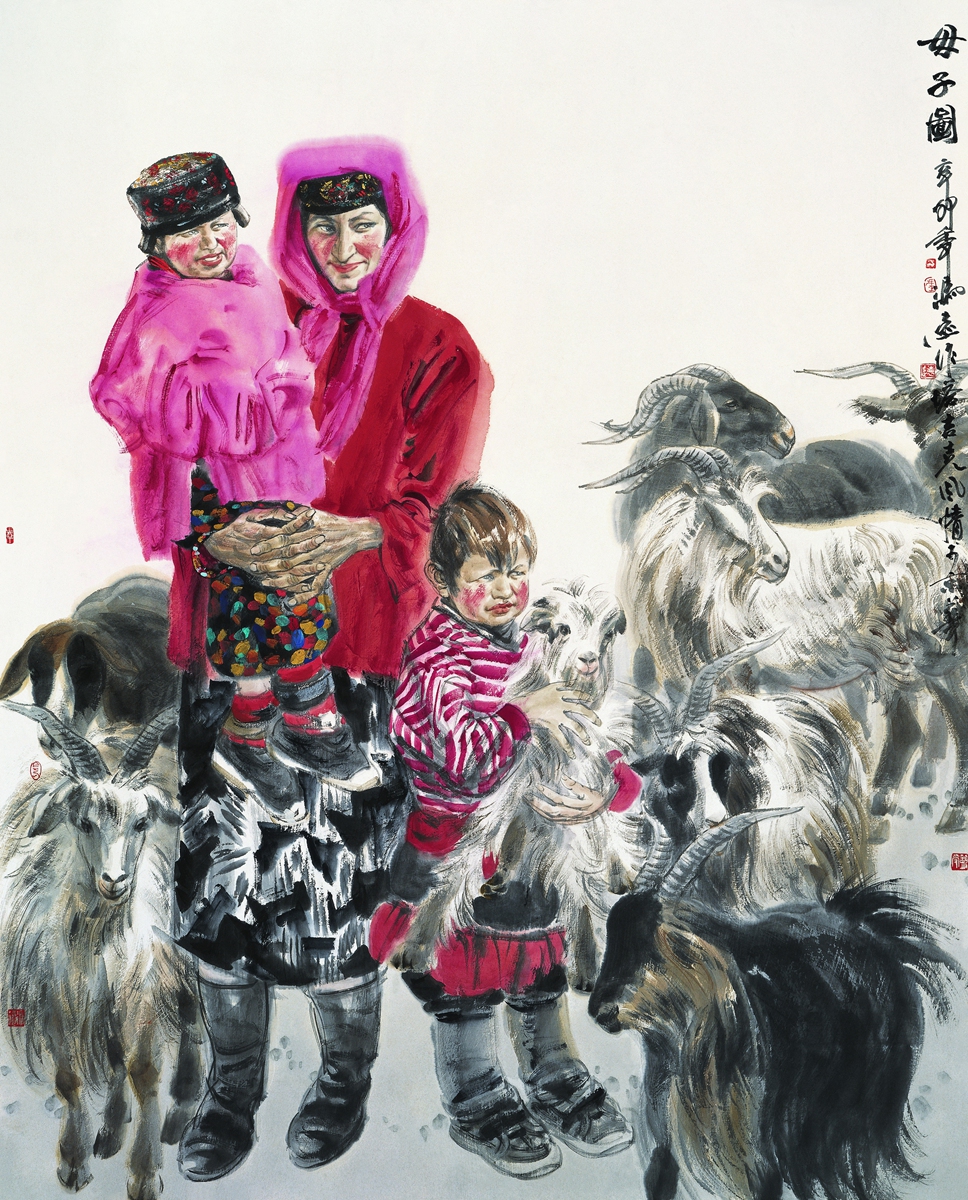
Mu Zi Tu 116 cm x 146 cm, 2011
Feng Yuan painted many historical figures, as well as many real-life figures. The common theme of these images is that they are closely attached to their era.
On the basis of depicting people's appearance and expressions, and shaping people's characters, he takes a step further, exploring the cultural flavor and cultural atmosphere of his era, expressing a specific spirit of the times through the image of individuals or groups, and reconstructing long-lost historical pictures.
Historical scenes and historical figures are the highlight of Feng Yuan's creation.
Qin Li Zhu Cheng Tu (1980) and Qin Ying Zheng Cheng Di Qing Dian Tu (1994) expand the understanding and thinking of the first unified centralized government in Chinese history.
The styles of these two works are different. The former uses line drawing and ink painting to enhance the excitement contained in pain; the latter uses decorative details to form solemn and grandeur elements on the basis of regularity and order.
The reflection and comparison of the two works embody the flowing historical context that is difficult to express in ordinary paintings, and reveals the painter's multi-dimensional understanding and emotion of the important historical event of Qin Shi Huang's unification of the country.
Profoundness, broad-mindedness
The Chinese historical figures and historical events in Feng Yuan's works show profoundness and broad-mindedness, which reflects the national psychological climate of the painter's creation era.
In the minds of Chinese literati who have experienced calamities, the reflection on history has deepened the memory of the past glory. And the painter's experience of the barrenness of contemporary culture has made him feel the indispensable appeal of literary classics in the construction of national cultural psychology.
From the 1980s to the 1990s, the subject of tracing the origin of national culture set by the Chinese cultural circles on the basis of reflection on history was the driving force behind Feng Yuan's works.
The creation of modern historical events and characters depends more on the historical extension of reality, which is often a kind of excitement to trace the origin.
A Hundred Years of History in 1987 organized the figures of the Empress Dowager Cixi, Puyi, Sun Yat-sen, Chiang Kai-shek, and Mao Zedong, who represented several historical stages.
He pointed out their respective historical environment and consciousness.
Ten years after the completion of A Hundred Years of History, Feng Yuan created A Dream of the Century (1997) with a similar composition, arranging characters related to the cession and return of Hong Kong on a single screen. He also added other elements related to historical facts preface and postscript.
However, the depth and dignity of the previous work and the bright and brilliant of the latter clearly reflect the different backgrounds and intentions of the creation of the work.
Sun Yat-sen and Deng Xiaoping, two figures who opened different historical eras, are the figures Feng Yuan is obsessed with.
They have appeared in Feng Yuan's works many times. The painter's thinking on these two historical figures mainly centers on their historical environment and issues.
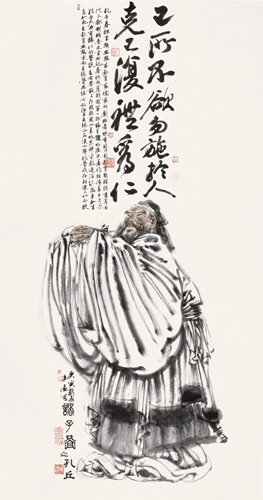
Schools of Thought - Confucius 180 cm × 90 cm, 2010
Each one of them bears unprecedented historical responsibility - the end of a historical period and the beginning of another.
Sun Yat-sen and China (1996), Cuo Tuo Sui Yue (Deng Xiaoping in Jiangxi, 2004) are not ordinary heroic praises, they draw attention to their wise thinking and resolute decision-making at critical historical moments.
Bertrand Russell believed that history is both science and art. Its most ordinary meaning is to let people clarify historical facts, but it should not reject "detailed descriptions," or underestimate personal passions, and it should avoid ignoring the role and significance of individuals in the development of events.
People feel the same idea from Feng Yuan's creation. Through his "details" and "passion" in historical activities, he provides a platform for people to both be entertained and inspired to think in a different way. When discussing the creation of Chinese figure paintings, he once summarized his pursuit as "the art of human and the human of art."
His collection of figure paintings unfolds a picture of the history of Chinese culture and spiritual development for contemporary readers.
His figure painting art is an art related to history. The ancient literati, modern revolutionaries and contemporary urban and rural youths he has portrayed are just the history of the image of the Chinese.
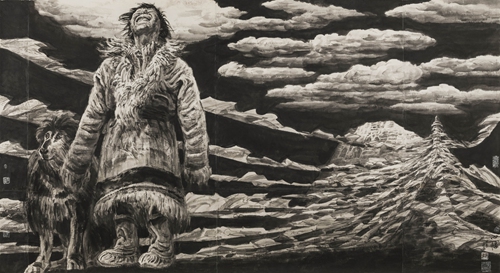
Xin Fan 146 cm x 268 cm, 2014
